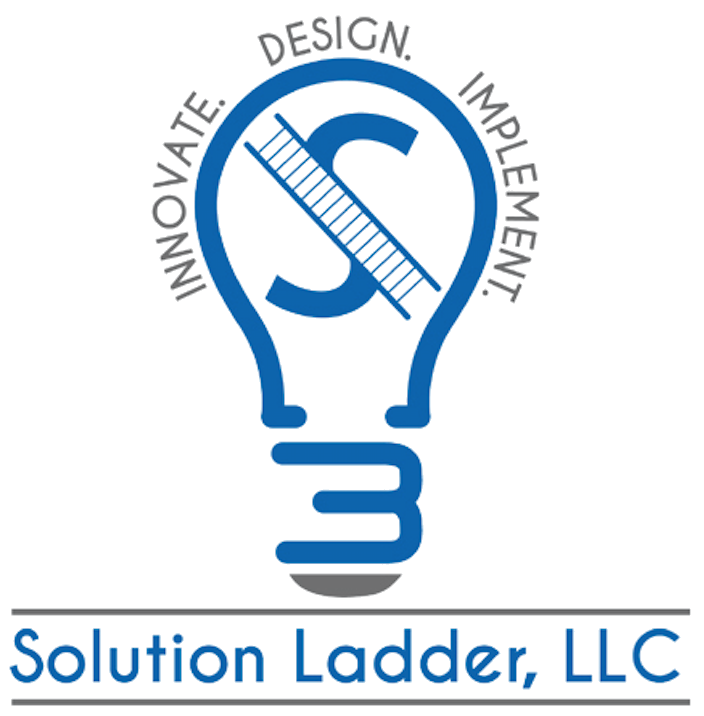· 3 min read
Markdown elements demo post
Example post demonstrating how we structure technical content: clear headings, concise examples, and practical takeaways used by Solution Ladder to help teams ship faster.
This post explains how Solution Ladder approaches engineering content when writing about enterprise systems: payroll processing, HR platforms, onboarding flows, and customer-handling software. We focus on measurable outcomes, secure design, and predictable integrations.
Why focused content matters
Enterprise readers (product managers, engineering leads) need examples they can apply. For payroll and HR systems we prioritize: data privacy, auditability, throughput, and graceful error handling. Below are recommended patterns and a short checklist you can apply.
Key architectural patterns for payroll & HR systems
- Separation of concerns: keep payroll calculation, tax rules, and persistence layers isolated.
- Idempotent operations: payroll runs and payment attempts must be idempotent to avoid duplicate payouts.
- Audit logs and immutable events: store signed events or append-only logs for payroll changes.
- Feature toggles and staged rollouts: enable safe deployment of new tax or benefits rules.
Short checklist
- Validate inputs early and reject ambiguous payloads.
- Encrypt PII at rest and in transit; rotate keys regularly.
- Add reconciliation jobs to detect missed or duplicated payments.
- Add feature flags to gate new payroll rules and monitor impact.
- Define the goal (e.g., reduce page load by 50%)
- Measure current baseline (RUM/analytics)
- Prioritize changes (critical render path, images, third-party scripts)
- Implement small, testable improvements
- Verify in staging and measure impact in production
Unordered List
- Accessibility reviews
- Performance budgets
- First Contentful Paint (FCP)
- Largest Contentful Paint (LCP)
- Design tokens and component library
- Test coverage and CI checks
Horizontal rule
When we write technical guidance at Solution Ladder we prefer clarity over verbosity. Keep sections short, provide concrete examples, and surface the exact implementation choices you made.
Best practices for a technical post:
- Start with a clear problem statement and why it matters to operations or product teams.
- Provide a minimal, runnable example where appropriate (configuration, pseudocode, or a small sandbox link).
- Call out trade-offs and assumptions, especially for security or compliance-sensitive areas.
- End with a short checklist and links to further reading or implementation templates.
Table
The table below shows a simple before/after snapshot we use when reporting performance improvements.
| Metric | Before | After |
|---|---|---|
| LCP (s) | 3.8 | 1.7 |
| JS bundle (KB) | 720 | 240 |
| Time to Interactive (s) | 8.5 | 3.2 |
Use tables for short, measurable comparisons that help stakeholders track progress.
Code
Inline code
Highlighted
Code guidance
Keep code examples small and focused. For payroll and HR examples, prefer pseudocode that shows data shapes and validation rules rather than full provider integrations. Always annotate inputs and expected outputs.
Highlighted
Use highlighted sections for trade-offs and operational notes: monitoring, retention, and runbooks that operators will need.
package main
import (
"fmt"
"net/http"
)
func handler(w http.ResponseWriter, r *http.Request) {
fmt.Fprintf(w, "Hi there, I love %s!", r.URL.Path[1:])
}
func main() {
http.HandleFunc("/", handler)
http.ListenAndServe(":8080", nil)
}Explain what the snippet demonstrates, what inputs it expects, and the expected output. Prefer minimal examples that are copy-paste runnable and link to a live sandbox when appropriate.
Inline elements
Keep inline text tight and use inline code for commands and small flags. Use images and screenshots to illustrate complex UI changes and keep captions short and descriptive.
When adding images, include alt text and a one-line caption that explains what the screenshot shows and why it matters.
MDX
---
publishDate: 'Aug 02 2022'
title: 'Markdown elements demo post'
---
import Logo from "~/components/Logo.astro";
## MDX
<Logo />
Astro Embed
Youtube
Tweet
Embedded tweet removed in this demo — view on Twitter:



